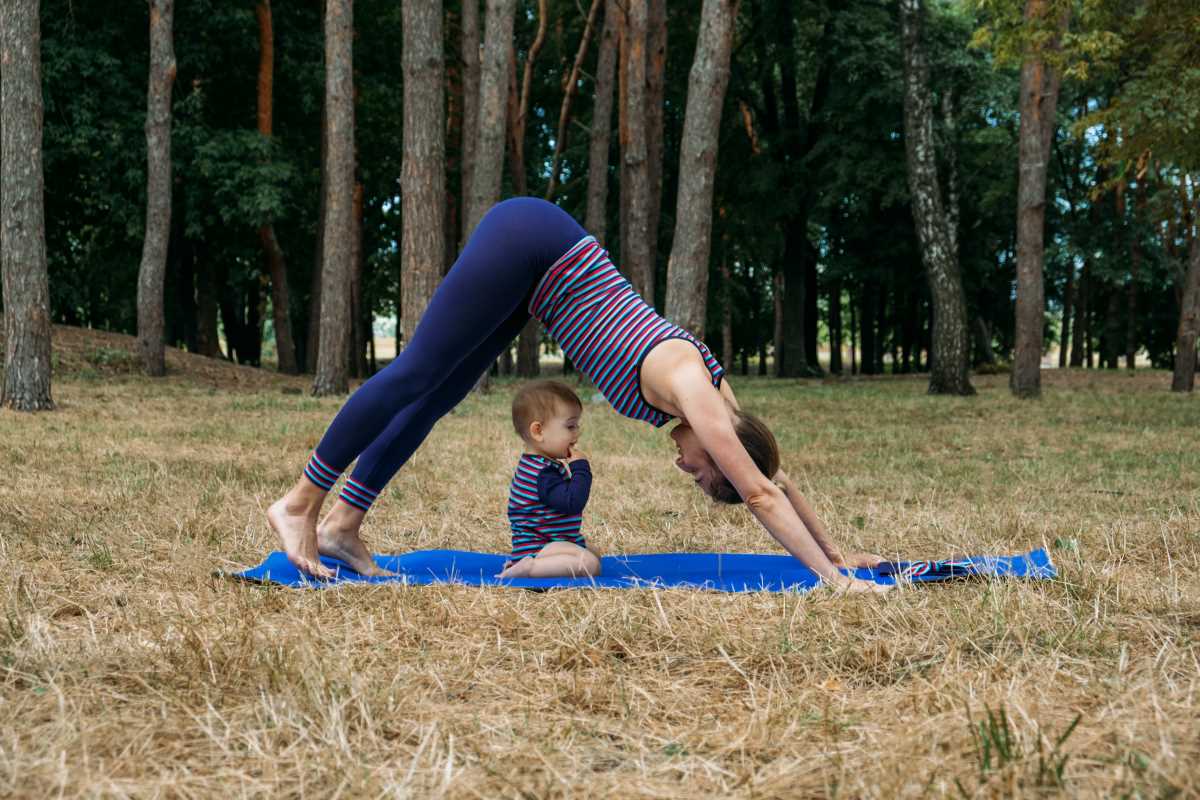If you’re looking for a high-intensity workout that delivers maximum results in minimal time, Tabata training might just become your new best friend. Known for its efficiency and effectiveness, Tabata training has gained a loyal following among fitness enthusiasts and beginners alike. Whether you’re strapped for time, trying to burn calories, or looking for a fresh way to energize your workouts, this method is designed to get you moving and melting fat fast.
This guide will explain what Tabata training is, how it works, why it’s so effective for weight loss, and how you can start your own Tabata routine.
What Is Tabata Training?
Tabata training is a high-intensity interval training (HIIT) method developed by Japanese scientist Dr. Izumi Tabata in the 1990s. Originally designed to improve the performance of Olympic athletes, this workout style has since become hugely popular in mainstream fitness for its simplicity and results-driven nature.
The Structure of Tabata Training
Tabata is based on a 4-minute workout structure that includes:
- 20 seconds of high-intensity exercise (pushing yourself as hard as possible)
- 10 seconds of rest
- Repeat this cycle for a total of 8 rounds, equaling exactly 4 minutes of work.
During those 20 seconds, you’ll give your all, focusing on maximum effort. The 10-second rest periods are brief but important, allowing your body just enough recovery time to hit the next round with intensity.
While 4 minutes might sound quick and easy, don’t underestimate the power of Tabata. You’ll feel the burn quickly, but that’s part of what makes it such an effective workout for weight loss.
Why Tabata Training is Effective for Weight Loss
Tabata training delivers fast results by increasing your calorie burn both during and after workouts. Here’s why it’s so effective for weight loss:
1. Boosts Calorie Burn
High-intensity intervals push your heart rate to its maximum, torching calories in a short amount of time. A single 4-minute Tabata session can burn the same number of calories as a longer, lower-intensity session.
2. Activates the Afterburn Effect
Tabata training triggers excess post-exercise oxygen consumption (EPOC), often called the “afterburn effect.” This means your body continues to burn calories long after you’ve stopped working out, helping you shed weight even while resting.
3. Builds Muscle While Burning Fat
Many Tabata exercises focus on bodyweight movements and strength-building activities like squats, push-ups, and burpees. These exercises help you tone and build lean muscle, which increases your resting metabolic rate over time and aids long-term fat loss.
4. Fits Busy Schedules
Time is no longer an excuse! With just 4 minutes per session, you can squeeze a calorie-torching workout into even the busiest of days. Plus, you can string multiple Tabata sets together for a longer workout if you’d like.
Examples of Tabata Workouts
Tabata training is extremely versatile. Here are a few examples you can use to jumpstart your routine.
Bodyweight Tabata Workout (No Equipment Needed)
This workout is perfect for beginners or those working out at home.
- Jump Squats (20 seconds): Explosive squats to burn calories and tone legs.
- Rest (10 seconds)
- Push-Ups (20 seconds): Classic move for upper body and core strength.
- Rest (10 seconds)
- Mountain Climbers (20 seconds): Core-tightening move that also works your legs.
- Rest (10 seconds)
- Burpees (20 seconds): A full-body powerhouse move for maximum burn.
- Rest (10 seconds)
- Repeat the cycle twice.
Tabata Strength Workout (With Dumbbells)
For something more advanced, add weights to challenge your muscles.
- Dumbbell Thrusters (20 seconds): Squat and press overhead at high intensity.
- Rest (10 seconds)
- Renegade Rows (20 seconds): Plank with alternating dumbbell rows for the back and core.
- Rest (10 seconds)
- Russian Twists (20 seconds): Twist side to side holding a dumbbell to engage obliques.
- Rest (10 seconds)
- Weighted Jump Lunges (20 seconds): Explosive hops while holding dumbbells.
- Rest (10 seconds)
- Repeat the cycle twice.
Tabata Cardio Blast
If burning calories at lightning speed is your goal, this cardio-focused sequence will do the trick.
- High Knees (20 seconds): Drive your knees up as fast as you can.
- Rest (10 seconds)
- Skaters (20 seconds): Side-to-side hopping with bent knees.
- Rest (10 seconds)
- Jumping Jacks (20 seconds): Maintain high energy and quick tempo.
- Rest (10 seconds)
- Burpees (20 seconds): Always an effective cardio challenge.
- Rest (10 seconds)
- Repeat the cycle twice.
Tabata Tips for Beginners
Starting a new workout style can be intimidating, but Tabata is especially accessible because of its short timeframe and flexible nature. Follow these tips to ease into Tabata training and get the most out of it.
1. Modify When Needed
If certain moves feel too intense at first, scale back the difficulty. For example, switch jump squats to regular squats or full push-ups to knee push-ups. The important thing is maintaining intensity in a way that’s safe and comfortable for your fitness level.
2. Warm Up and Cool Down
Because Tabata pushes your heart rate to its max, it’s critical to prepare your body with a proper warm-up. Try dynamic stretches, marches, light jogging, or bodyweight movements for 5-10 minutes. After your workout, stretch or perform light yoga to cool down and prevent muscle soreness.
3. Start Small
Don’t feel pressure to string multiple Tabata sets together right away. Start with one or two cycles and gradually increase as your endurance improves.
4. Listen to Your Body
Tabata is intense, so take rest days to avoid overtraining or injury. Tune into your energy levels and don’t hesitate to take breaks when needed.
How to Incorporate Tabata Into Your Fitness Routine
Tabata training can work alongside or replace other forms of exercise depending on your goals and schedule.
- For Weight Loss: Incorporate Tabata 2-3 times per week alongside steady-state cardio or strength training. Consistency is key, so mix it up to keep things interesting.
- For Strength Building: Focus on strength-based Tabata exercises like squats, lunges, and rows. Use dumbbells or kettlebells to add resistance.
- For Busy Days: Use Tabata as a quick workout for days when you’re short on time. Even one 4-minute session can make a difference.
- For Variety: Combine Tabata with traditional workouts to keep your regimen balanced and engaging. Alternate between cardio, weights, and Tabata intervals.
 (Image via
(Image via





